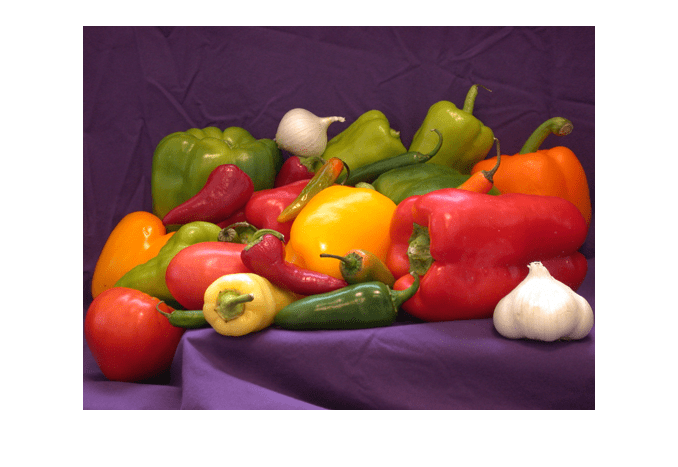blockproc
图像的非重复块处理
语法
说明
B = blockproc(src_filename,[m n],fun)src_filename 的图像,一次读取和处理一个图像块。此语法对于处理大型图像很有用。
B = blockproc(___,Name,Value)
示例
输入参数
名称-值参数
输出参量
详细信息
提示
选择合适的块大小可以显著提高性能。有关详细信息,请参阅Block Size and Performance。
如果输出图像
B太大而无法放入内存,则省略输出参量,改用Destination名称-值对组参量将输出写入文件。blockproc可以读取 BigTIFF 图像,但对将 BigTIFF 图像写入文件的支持有限。如果您将图像写入文件,则blockproc会根据文件的大小自动选择文件类型。如果图像小于或等于 4.0 Gb,则blockproc将图像保存为标准 TIFF 图像。如果文件大小大于 4.0 Gb,则blockproc将图像保存为 BigTIFF 图像。blockproc没有提供参量来支持您在文件大小小于或等于 4.0 Gb 时将文件类型指定为 BigTIFF。如果要将小图像作为 BigTIFF 文件写入,则可使用adapter参量指定自定义图像适配器。有关详细信息,请参阅 TIFF、BigTIFF 和 blockproc。要确定写入的 TIFF 文件是标准 TIFF 还是 BigTIFF,请使用
imfinfo函数查询图像格式签名:tiffinfo = imfinfo(Destination); tiffformat = tiffinfo.FormatSignature
如果
tiffformat的最后一个非零值为 42,则文件为标准 TIFF 格式。如果最后一个非零值是 43,则文件是 BigTIFF 格式。
扩展功能
版本历史记录
在 R2009b 中推出



